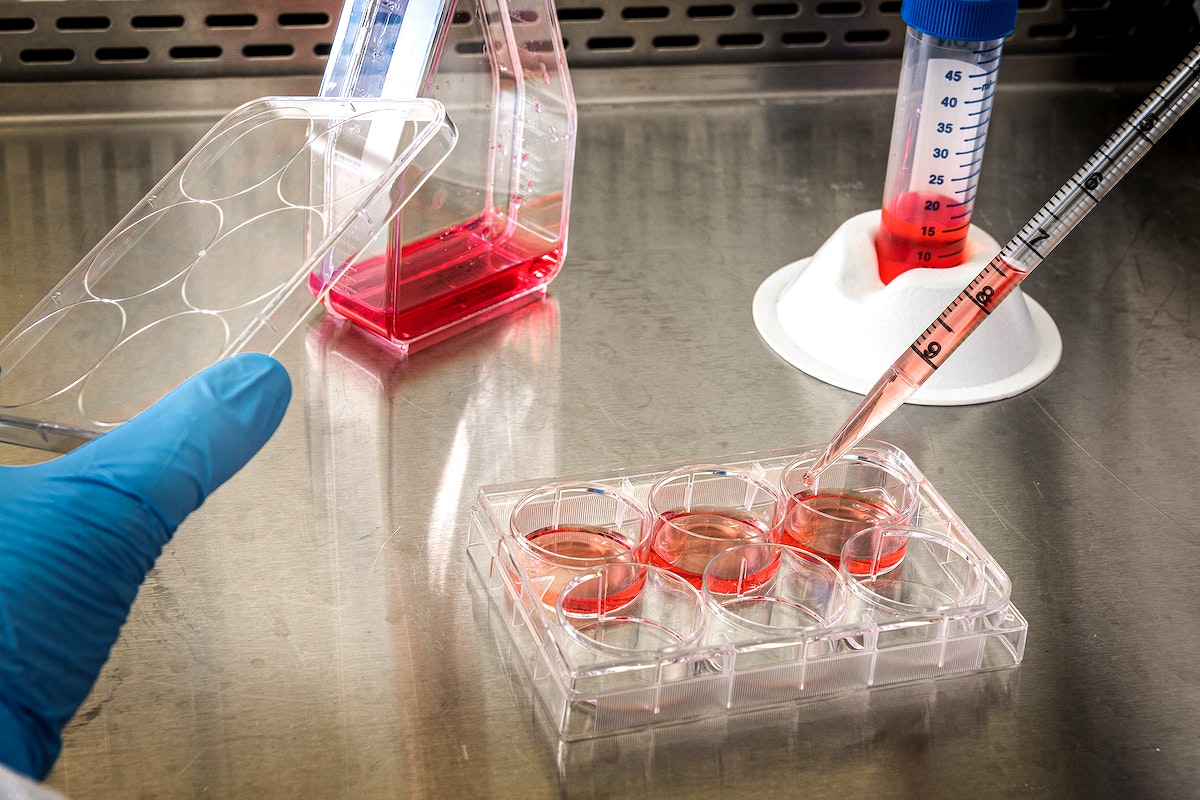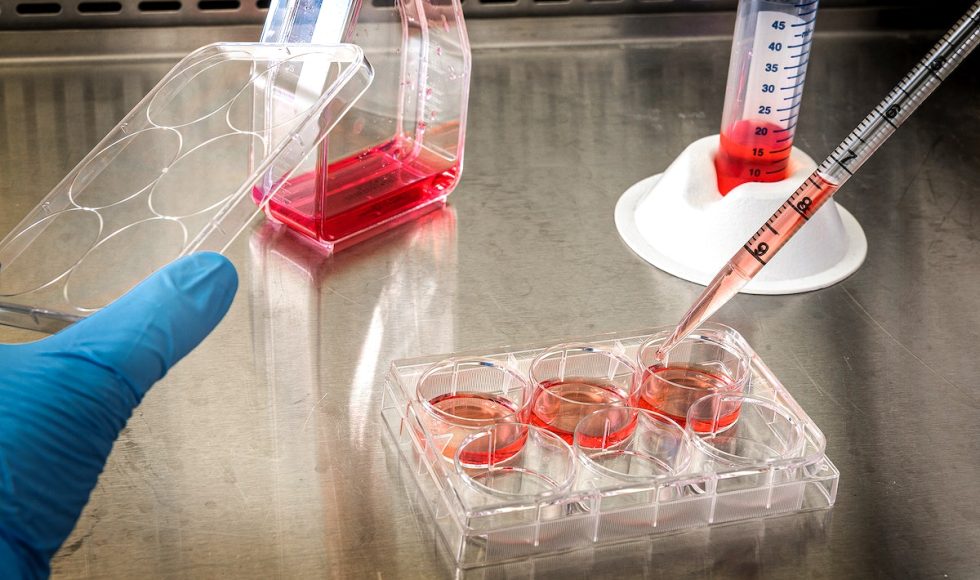Karine Choquet from Harvard Medical School spoke at the Nanopore Community Meeting 2022 about “Direct RNA sequencing reveals multi-intron splicing order and poly(A) tail lengths across subcellular compartments.” This five-minute session began by explaining RNA processing and removal of introns in eukaryotic gene expression. Choquet explained that “RNA processing is essential for eukaryotic gene expression” and wanted to address two questions:
- What is the order of RNA processing events along full-length transcripts?
- How does poly(A) tail length influence RNA stability in different subcellular compartments?
For this, they fractionated whole cells into chromatin, cytoplasm, and polysome and performed direct RNA sequencing with Nanopore for each fraction. As expected, many more introns are present in chromatin as compared to cytoplasm. Using these data, Choquet asked: is multi-intron splicing order defined? Within one intron group, they noticed intriguing patterns. The order of intron removal seemed to emerge. They developed an algorithm to quantify the number of excised order. Splicing order seems to be defined or preferred. Direct RNA sequencing also allowed measuring of the poly(A) tail. For each read, they measured the poly(A) tail length. They measured poly(A) tail length and compared to the number of introns excised. The tails continued to grow as more and more introns were removed. They detected this trend for individual transcripts as well as globally. Lastly, Choquet and team asked: are all transcripts deadenylated to the same extent prior to degradation? With their subcellular direct RNA sequencing data, they analyzed the distribution of poly(A) tails and compared to cytoplasm half life in minutes. They found that not all RNAs are deadenylated to the same extent before RNA degradation. I wonder if this happens in other cell types and organisms!?



